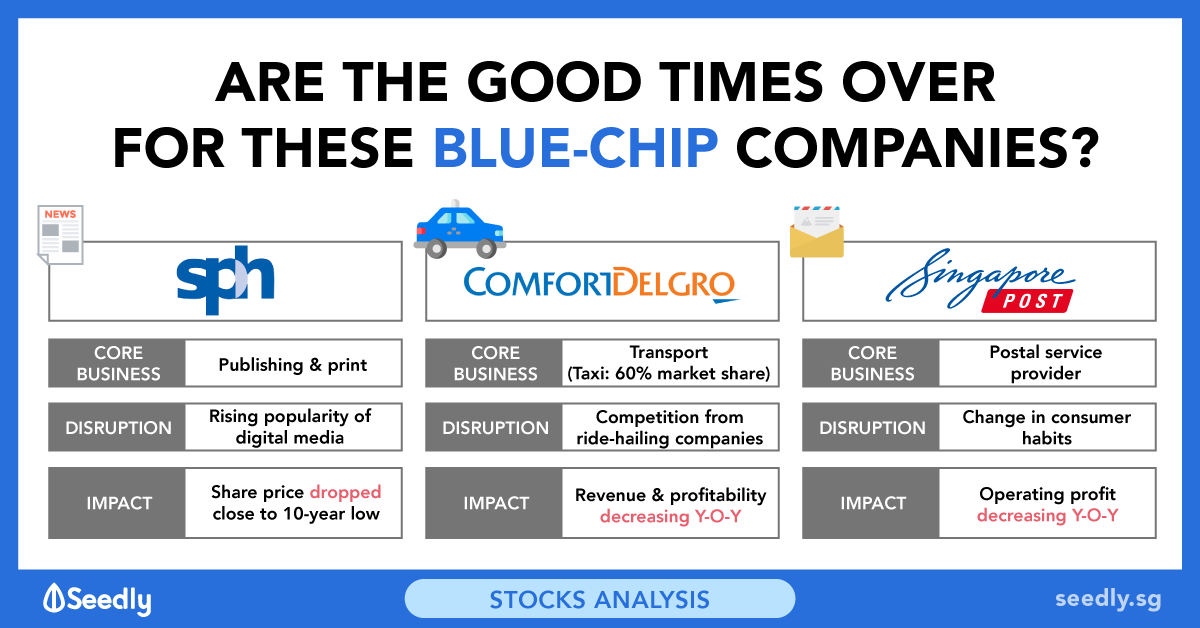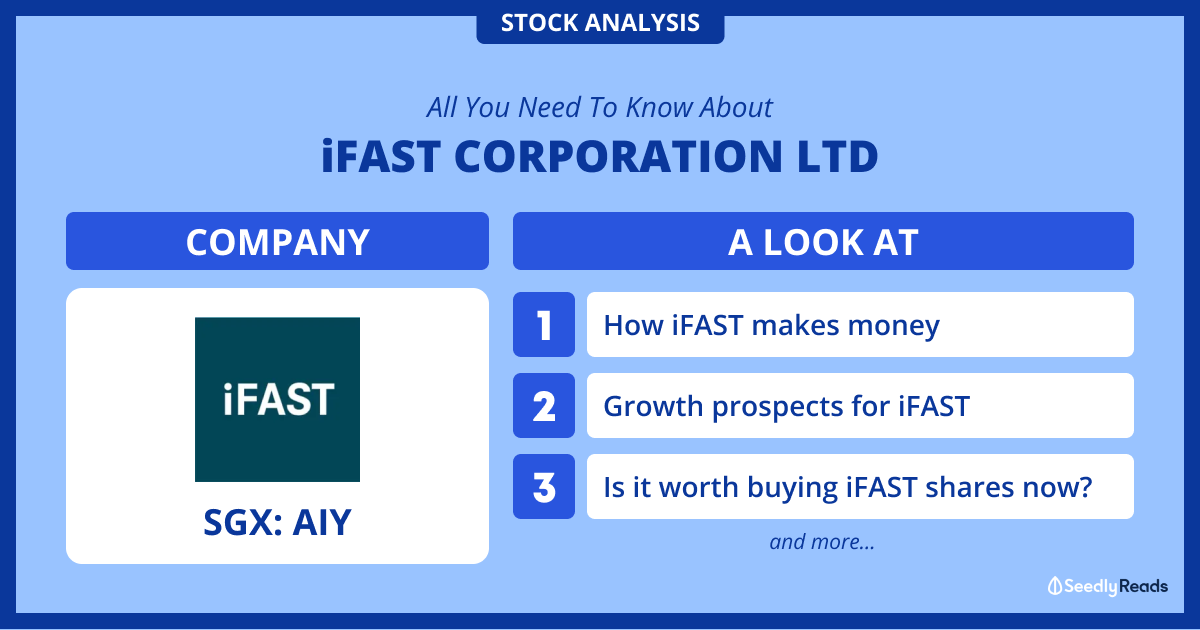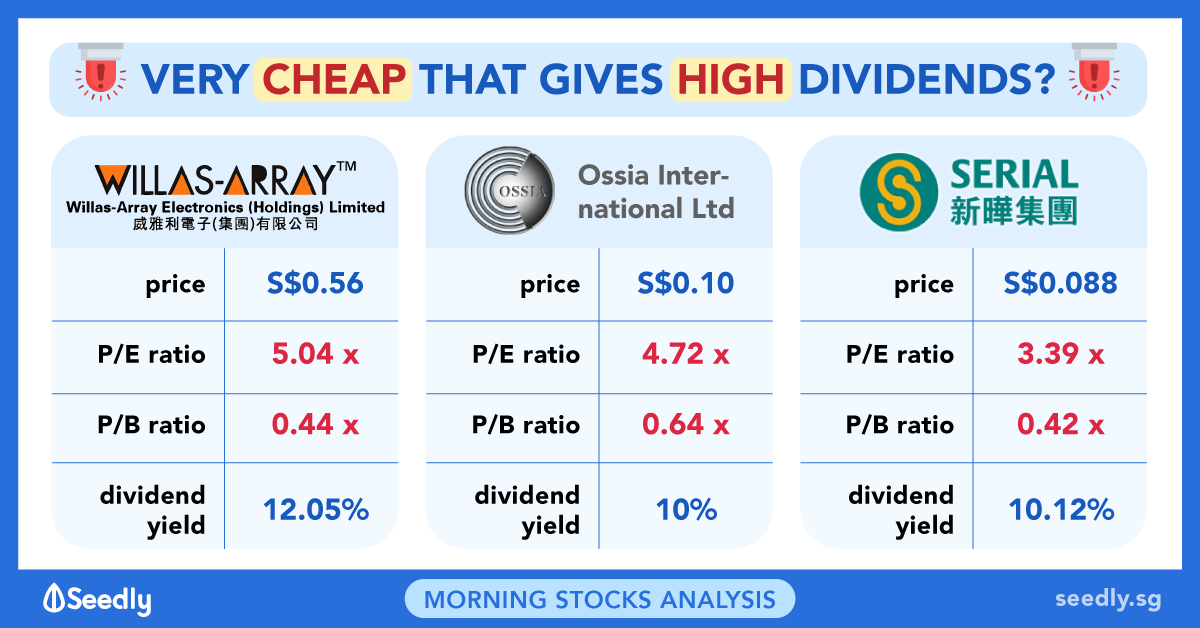In general, strong liquidity is good, but not neccessarily.
Here are a few pointers that I have:
(1) Company and Industry Specific
It is not always good as the others have mentioned, but I suppose it would really depend on different stages the company is going through, and in which industry the company is operating in. Companies that operating heavily on working capital policies will probably need to maintain a healthy liquidity ratio.
It also depends on the company's working capital policies and effiency as well. For example, Walmart is known for turning in receivables and paying its payables efficiently.
(2) How are you measuring liquidity?
It is also important to take note of what kind of liquidity ratios are being used.
Current Ratio is usually used which is Current Assets / Current Liabilities. Current Assets include assets that the company has such as cash, inventory and receivables (money which other people owe you). Current Liabilities are payables that the company has to make in the coming twleve months.
Quick Ratio is (Cash+Receivables) / Current Liabilities
Cash Ratio is Cash / Current Liabilities
These 3 ratios measure different levels of liquidity. Basically, cash is the most liquid, followed by receivables then inventory. Receivables is mostly more liquid than inventory because it is usually easier to collect money than to sell inventory and then collect money from the sales of the inventory. However, interesting fact that I learnt, is that sometimes in developing countries, you would rather hold more inventory than receivables because customers not paying up is quite common.
(3) What are the ratios made up of?
Since current ratio and quick ratio both have numerators as a sum, it is very important what proportions are the current assets used in the ratio. For example, having Current Assets made up of mainly Cash is very different than one which is made up of Inventory. Therefore, it is important to look also at and compare different liquidity ratios.
Additionally, receivables and inventory may actually be quite old or dated. If you hold a look of receivables on your book, it could mean that your customers have not paid you for a long time. This could mean that they may not be able to pay you at all. You could also have inventory which is quite old and outdated, and may not be able to be sold for cash.









In general, strong liquidity is good, but not neccessarily.
Here are a few pointers that I have:
(1) Company and Industry Specific
It is not always good as the others have mentioned, but I suppose it would really depend on different stages the company is going through, and in which industry the company is operating in. Companies that operating heavily on working capital policies will probably need to maintain a healthy liquidity ratio.
It also depends on the company's working capital policies and effiency as well. For example, Walmart is known for turning in receivables and paying its payables efficiently.
(2) How are you measuring liquidity?
It is also important to take note of what kind of liquidity ratios are being used.
Current Ratio is usually used which is Current Assets / Current Liabilities. Current Assets include assets that the company has such as cash, inventory and receivables (money which other people owe you). Current Liabilities are payables that the company has to make in the coming twleve months.
Quick Ratio is (Cash+Receivables) / Current Liabilities
Cash Ratio is Cash / Current Liabilities
These 3 ratios measure different levels of liquidity. Basically, cash is the most liquid, followed by receivables then inventory. Receivables is mostly more liquid than inventory because it is usually easier to collect money than to sell inventory and then collect money from the sales of the inventory. However, interesting fact that I learnt, is that sometimes in developing countries, you would rather hold more inventory than receivables because customers not paying up is quite common.
(3) What are the ratios made up of?
Since current ratio and quick ratio both have numerators as a sum, it is very important what proportions are the current assets used in the ratio. For example, having Current Assets made up of mainly Cash is very different than one which is made up of Inventory. Therefore, it is important to look also at and compare different liquidity ratios.
Additionally, receivables and inventory may actually be quite old or dated. If you hold a look of receivables on your book, it could mean that your customers have not paid you for a long time. This could mean that they may not be able to pay you at all. You could also have inventory which is quite old and outdated, and may not be able to be sold for cash.